How To Continue Filming During Bad Weather
1st Sep 2023
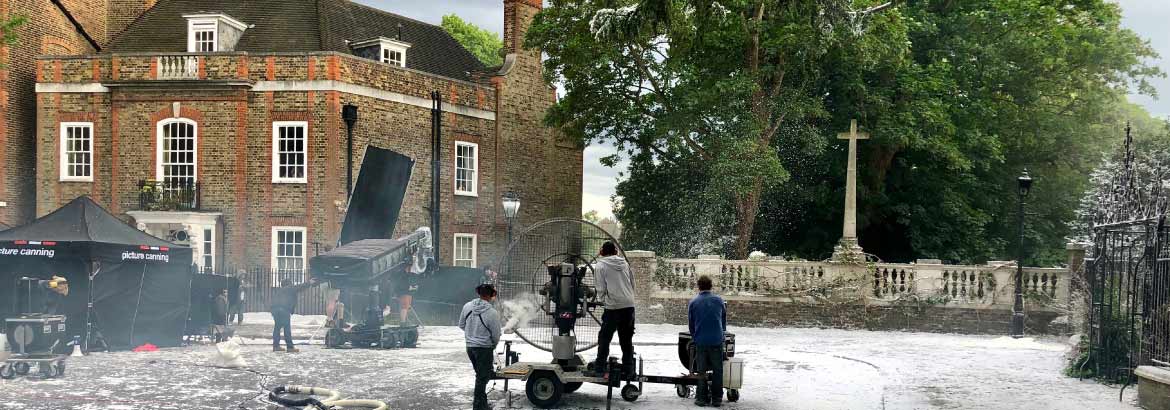
Film directors and producers are taking advantage of the UK’s impressive landscape and architecture more than ever before. But, one of the many challenges film directors and producers face is the UK’s famously unpredictable weather. As an example, this average rainfall data shows that last year's annual rainfall in the UK was 1320 mm, with the majority of it falling in the Summer and Autumn months.
Scouting the best locations for filming is hard work at the best of times; requiring lots of time, planning and resources. The UK’s ever-changing weather conditions throughout the year make the already difficult task even more challenging.
Preparing for adverse weather in the UK is a constant battle that film directors and producers need to be ready for all year round. This guide covers how to continue filming, even during bad weather.
Tips For Filming During Bad Weather
Bad weather doesn't have to put a damper on your filmmaking. In fact, inclement weather can add depth and drama to your visuals. Whether you're dealing with rain, snow, wind, or anything in between, here are some invaluable tips to help you make the most of bad weather when filming.
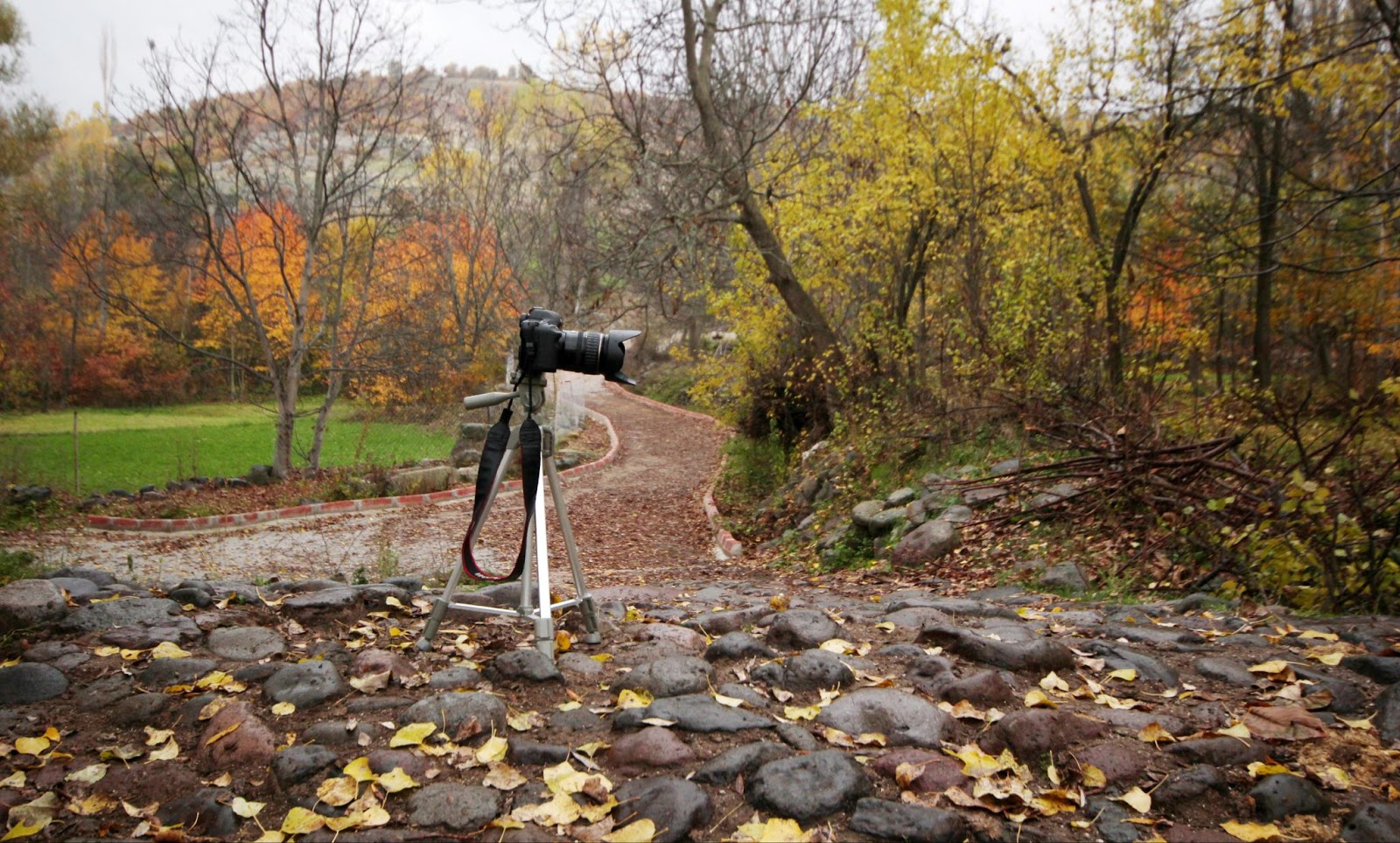
Prepare Ahead of Time
Planning is key when dealing with unpredictable weather. Constantly check weather updates so you know what to expect. Have a Plan B ready; it might include alternative locations or shooting schedules. This way, even if the weather turns sour, you can continue with your shoot without losing precious time or resources. Flexibility and preparation can turn an unexpected weather pattern into a creative opportunity rather than a logistical nightmare.
Protect Your Equipment
Rain, snow, and wind can cause severe damage to your valuable equipment. With this mind, invest in quality rain covers for cameras and other gear. You can use a waterproof pop up gazebo for this job - they are useful in covering all kinds of equipment, staff and most importantly the actors.
Additionally, consider using waterproof bags for transportation and storage. Lens wipes should be readily available to clear fog or rain droplets, as they can ruin a shot. These extra precautions may seem tedious, but they'll help ensure that your equipment stays dry and functional, allowing you to focus on capturing the perfect shot.
Embrace the Conditions
Bad weather doesn’t have to be a negative aspect of your shoot. Instead, embrace the unique atmosphere it provides. Rain can add texture and mood to a scene, and wind can create dynamic movement. Utilise these elements creatively to enhance the storytelling of your project.
Moreover, the natural sound effects created by weather conditions can add an authentic feel to your audio. Experiment with different angles and perspectives to capture the weather in a way that complements your narrative. Thinking creatively and adapting to the conditions can result in unexpectedly powerful visuals.
Work with the Lighting
Bad weather often brings challenging lighting conditions. Overcast skies can lead to flat and dull images, but with proper tools and techniques, you can overcome these challenges.
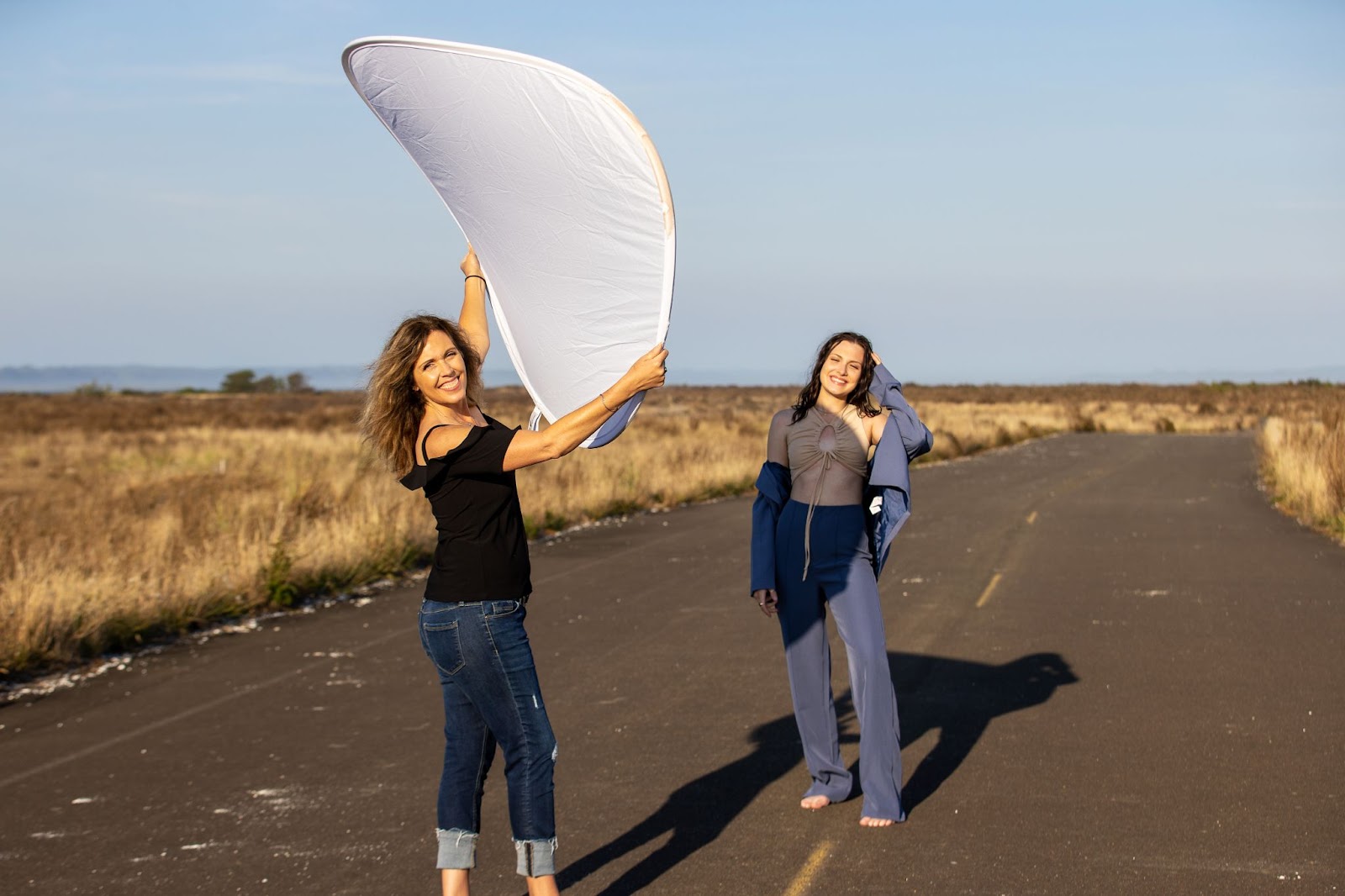
Reflectors and diffusers help maximise natural light and create beautiful, soft shadows. If shooting in heavy rain or fog, consider using backlighting to enhance the droplets or mist for a visually stunning effect.
Bringing extra lights gives you more control over the scene, allowing you to manipulate shadows and highlights. Experimenting with different lighting setups and understanding how the weather interacts with light can turn a gloomy day into an opportunity for remarkable cinematography.
Think About Safety At All Times
Weather conditions can quickly become hazardous, so safety must always be at the forefront of your decision-making. Wet or icy surfaces can lead to falls, so ensure that all areas are monitored for slip hazards
If you are shooting near bodies of water, be aware of rising water levels in heavy rain. Always have a clear evacuation plan in case the weather turns severe, and ensure everyone on set is aware of it. Constant communication, vigilance, and putting safety over the perfect shot will help ensure that your cast and crew remain safe while working in difficult weather conditions.
How To Set Up Your Equipment In Bad Weather
Electrical safety is a serious matter and the potential risk to life is very high. In his book "Cinematography Theory and Practice", Blain Brown teaches us six ways to expertly organise your equipment:
- Raise all connectors off the ground: This is especially important for distribution connectors. Whilst filming in the rain (natural or a rain rig), floors are going to get very wet, so it is important to raise your connectors off the ground. Blaine Brown suggests using apple boxes to do this. To provide extra protection, wrap the connectors in plastic and seal them with electrical tape; avoid using gaffer tape as it is not waterproof. This will properly protect your equipment and make your set safer.
- Ground everything you can. Electricity looks for the shortest path down to earth, so grounding your wires means that in the event of a short-circuit, electricity is safely re-routed back into the earth and away from harm.
- Put rain hats on all lights: Water will shatter a hot lens, so you must protect the lenses of all your large lights. Broken glass brings a safety concern of its own.
- Cover equipment racks and other spare equipment with heavy plastic.
- Insulated shoes should be worn by all crew members. Anyone working directly with electrical equipment should also stand on a rubber mat. This ensures everyone is protected from electrical currents.
- Finally, all crew members must be trained and adhere to the most up to date electrical safety rules.

Filming Guidance Based On Season
Spring Filming Guidance
Embrace the Blossoms:
Spring brings a burst of colour and life, with blossoming flowers and trees. Use this to your advantage by incorporating these vibrant scenes into your shots. The fresh and vivid colours can add a sense of renewal and vitality to your film. Be mindful of allergies among your cast and crew, and plan accordingly with medication or alternative locations if needed.
Prepare for Unpredictable Weather:
Spring weather can be highly unpredictable, with sudden rain or storms. Keep an eye on weather forecasts, and be ready with rain gear for both equipment and crew. Utilise the varying weather to add dynamic and dramatic effects to your visuals.
Summer Filming Guidance
Manage Heat and Sun:
With scorching temperatures and bright sun, summer can be tough for outdoor shoots. Keep your crew hydrated, provide shades and fans, and be mindful of equipment overheating. Utilise early mornings or late afternoons for the most flattering natural light.

Capture Summer Activities:
Summer offers unique opportunities for beach, barbecue, festival, or outdoor adventure scenes. Use the season's activities to enhance your storyline, adding authenticity and vibrance to your film.
Autumn Filming Guidance
Utilise Autumn Colours:
The changing foliage provides a stunning backdrop, with warm and earthy tones. These can set a nostalgic, reflective mood for your scenes. Find locations that showcase the season's colours to maximise this effect.
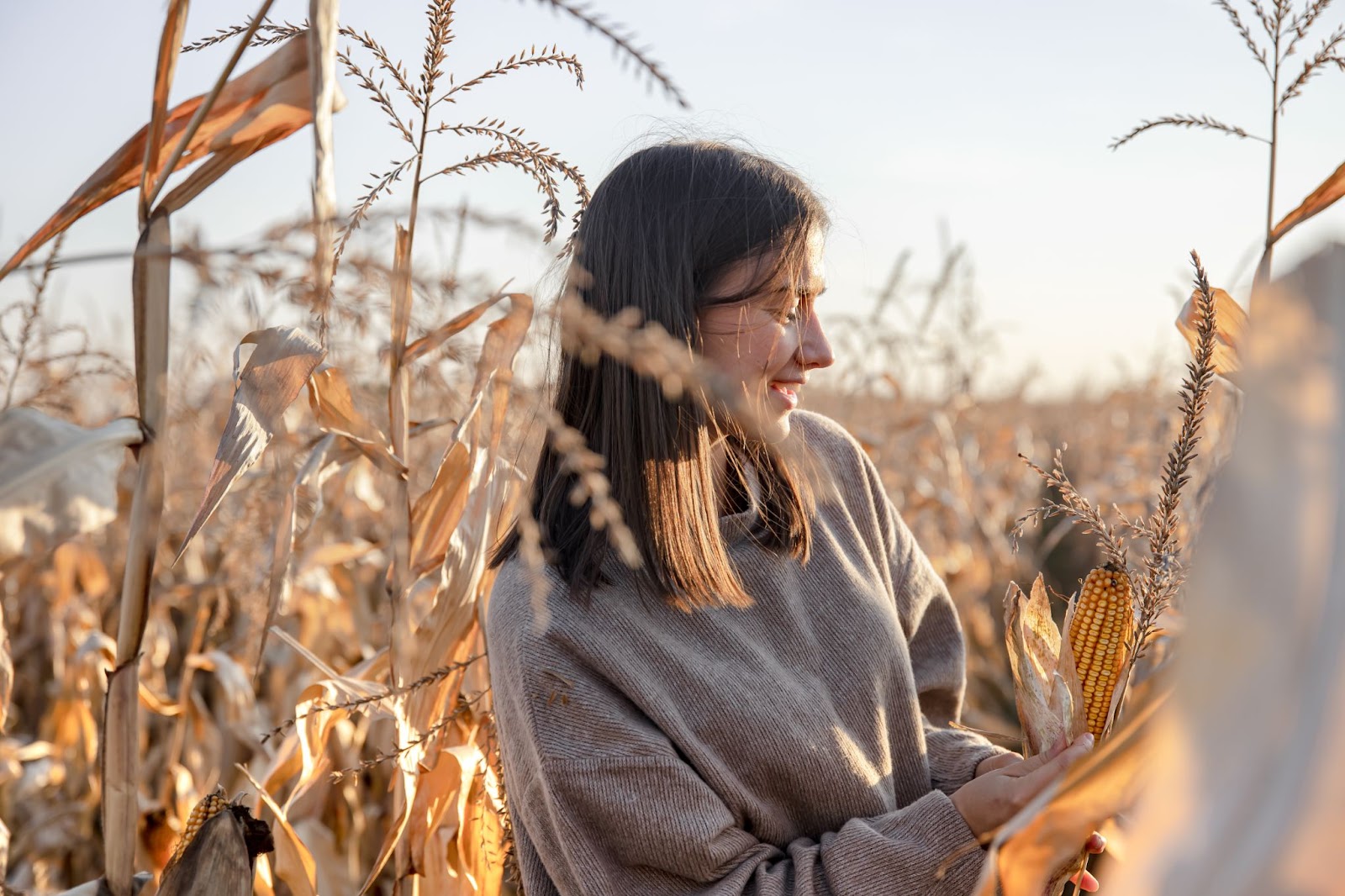
Dress for Changing Temperatures:
Autumn can bring rapid temperature changes. Ensure that your cast and crew are dressed appropriately and that costumes are suitable for fluctuating conditions.
Winter Filming Guidance
Protect Against Cold:
Winter brings its unique challenges, particularly cold and snow. Keep your crew warm with heated shelters, hot beverages, and proper clothing. Protect your equipment from freezing temperatures with appropriate gear.
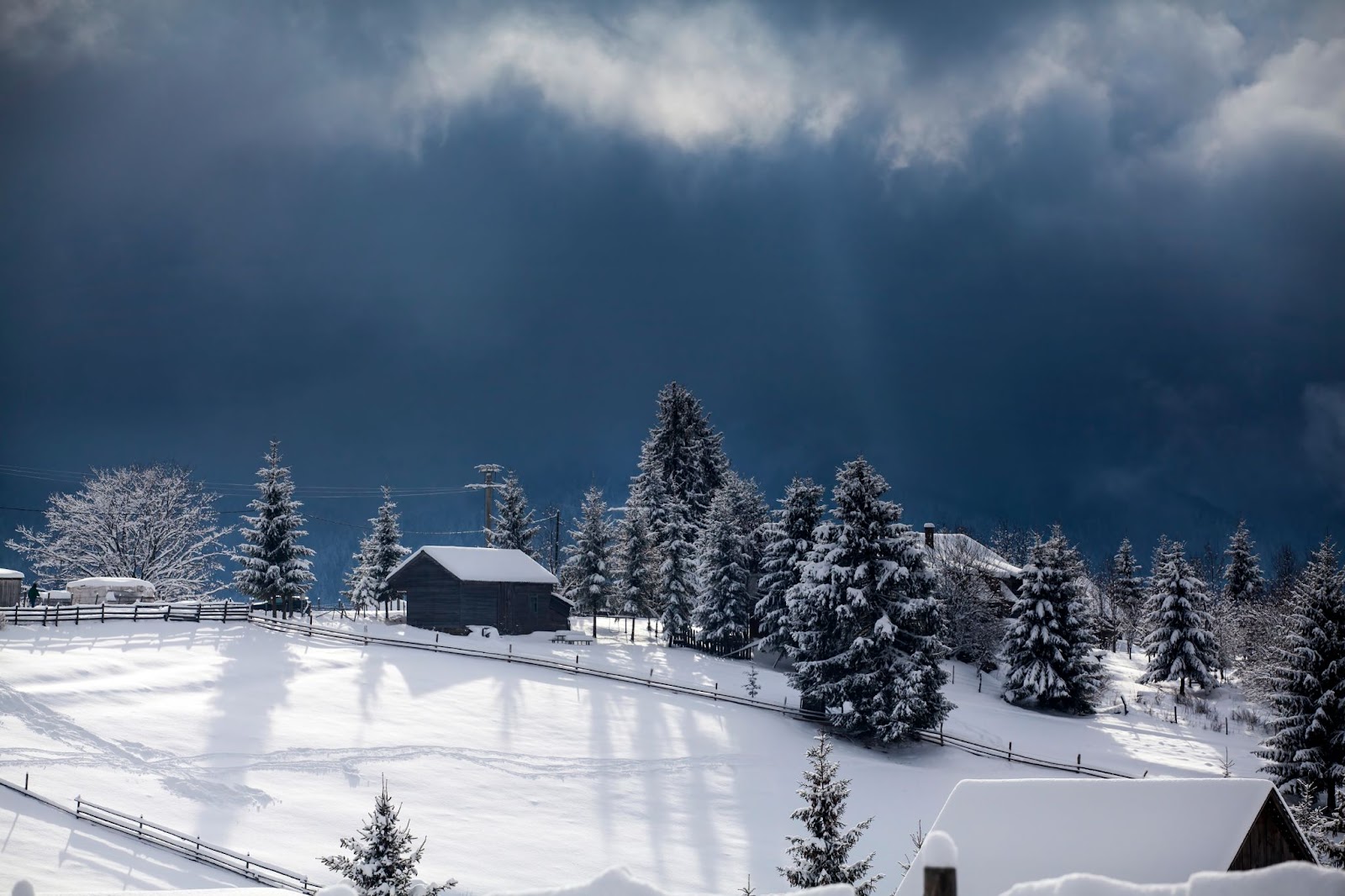
Maximise Short Days:
With shorter daylight hours, planning is key. Know the sunrise and sunset times, and schedule your shoots to make the most of the available light. Experiment with the soft and diffused winter light for unique visual effects.
Final Notes
If you have any requirements for TV and film sets products such as Pop Up Gazebos, Lights & Heaters, Flooring, or any other accessories, we offer discounted rates for bulk orders and repeat customers. Get in touch with us now and learn more about how we build relationships with other businesses.









